Mark Meadows was reportedly way more central to the Jan. 6 siege than previously known
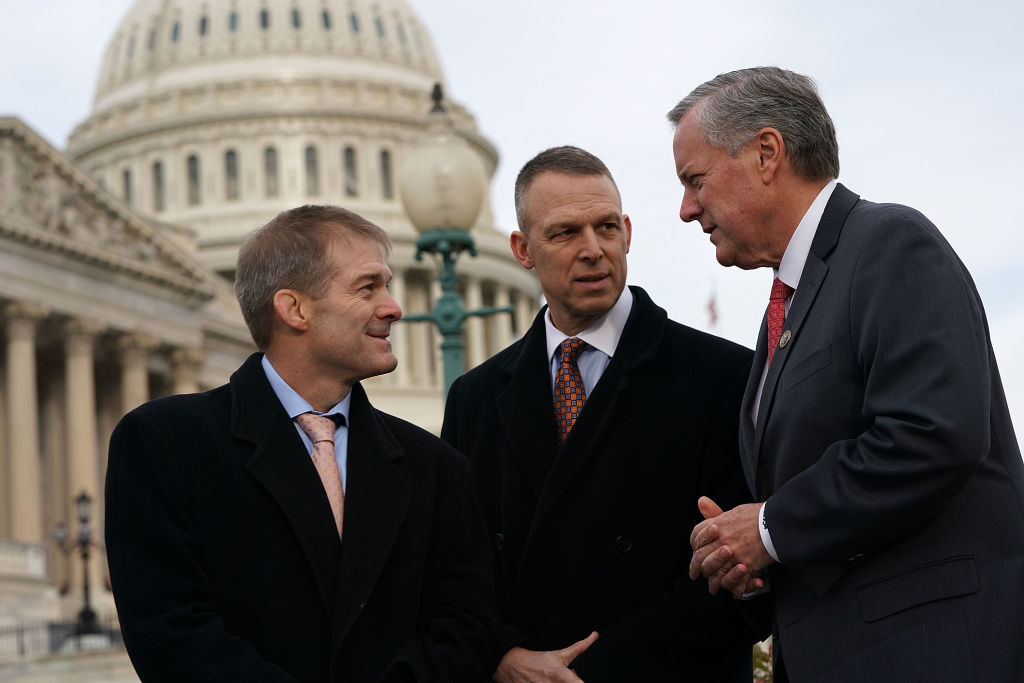

In I Alone Can Fix It, Carol Leonnig and Philip Rucker's book on the final days of former President Donald Trump's time in office, White House chief of staff Mark Meadows is portrayed as aghast at suggestions Trump just declare himself the winner of the election he lost.
But in fact Meadows was "a willing hub for conspiracy theories and false claims about the election" and "inextricably bound to the Jan. 6 attack, serving less as chief of staff than chief enabler to a president who was desperate to hold onto power," The Washington Post reported Wednesday, citing interviews with former Trump allies and a 51-page report from the House Jan. 6 committee. The "central role" Meadows played in "Trump's efforts to overturn a democratic election is coming into focus as the congressional investigation into Jan. 6 gains traction," The New York Times agrees in a parallel report.
Meadows "didn't just hold Trump's coat while he led an insurrection or play feckless consigliere on a call with the Georgia secretary of state — he was deeply involved in efforts to overturn democracy," Chris Whipple, the author a book on White House chiefs of staff, tells the Post. "The chief of staff is, above all else, supposed to tell the president hard truths, and Meadows has just raised sycophancy to an art form."
The Week
Escape your echo chamber. Get the facts behind the news, plus analysis from multiple perspectives.

Sign up for The Week's Free Newsletters
From our morning news briefing to a weekly Good News Newsletter, get the best of The Week delivered directly to your inbox.
From our morning news briefing to a weekly Good News Newsletter, get the best of The Week delivered directly to your inbox.
Meadows was also the "key leader" of a group of six House GOP allies — Jim Jordan (R-Ohio), Andy Biggs (R-Ariz.), Paul Gosar (R-Ariz.), Louie Gohmert (R-Texas), Mo Brooks (R-Ala.), and the "de facto sergeant," Scott Perry (R-Pa.) — who served as "key foot soldiers in Mr. Trump's effort to overturn the election," the Times reports. Meadows' role as "Trump's right-hand man helped to remarkably empower the group in the president's final, chaotic weeks in office."
In one Nov. 9, 2020, meeting at Trump campaign headquarters, the Times reports, Jordan, Perry, Meadows, Trump adviser Stephen Miller, campaign manager Bill Stepien, and White House press secretary Kayleigh McEnany huddled and "settled on a strategy that would become a blueprint for Mr. Trump's supporters in Congress: Hammer home the idea that the election was tainted, announce legal actions being taken by the campaign, and bolster the case with allegations of fraud."
You can read more about how Meadows fed Trump election conspiracy nuggets and mediated various attempts to overturn Trump's loss at The Washington Post and The New York Times.
A free daily email with the biggest news stories of the day – and the best features from TheWeek.com
Peter has worked as a news and culture writer and editor at The Week since the site's launch in 2008. He covers politics, world affairs, religion and cultural currents. His journalism career began as a copy editor at a financial newswire and has included editorial positions at The New York Times Magazine, Facts on File, and Oregon State University.
-
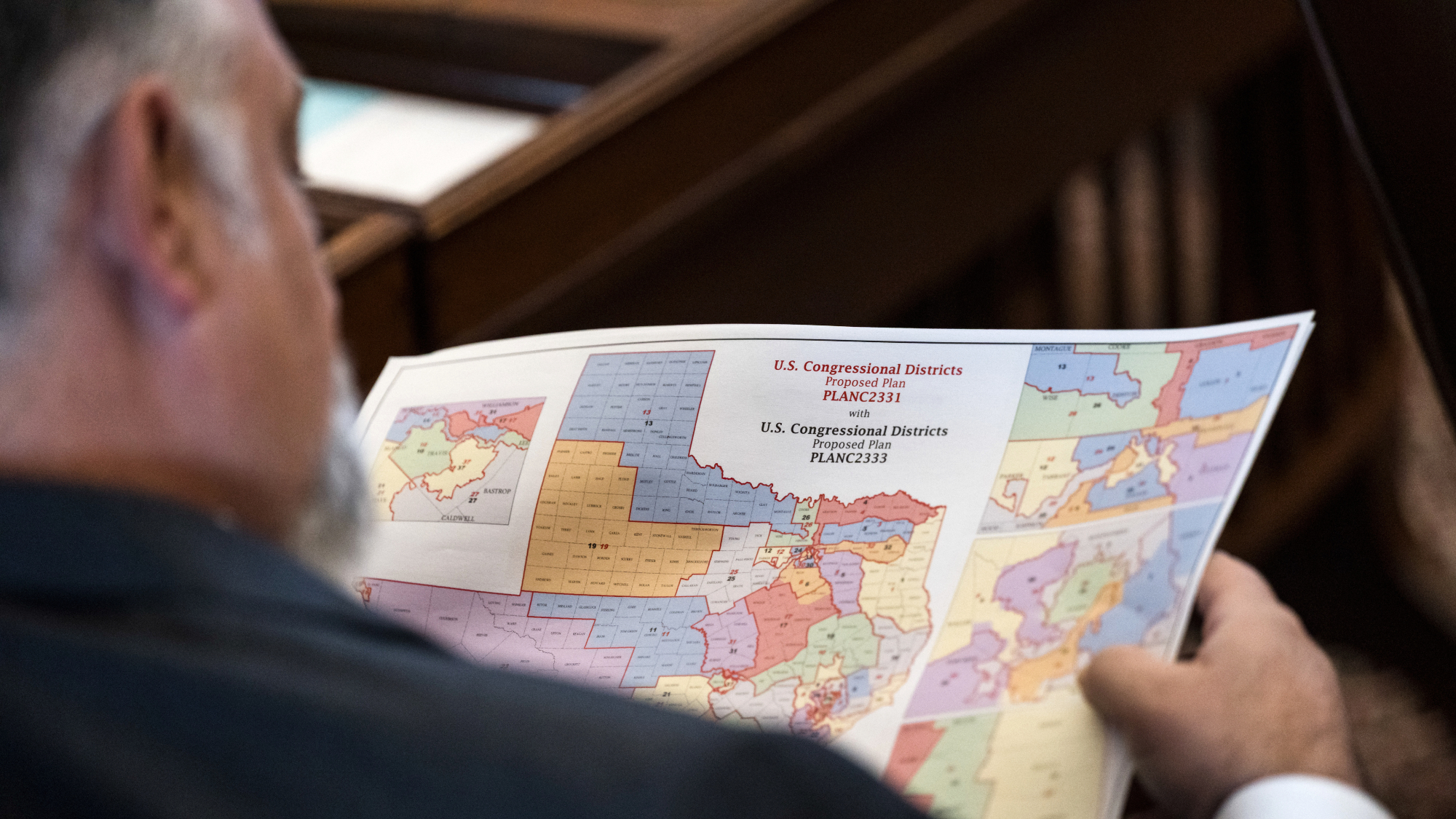 Supreme Court revives Texas GOP gerrymander
Supreme Court revives Texas GOP gerrymanderSpeed Read Texas Republicans can use the congressional map they approved in August at President Donald Trump’s behest
-
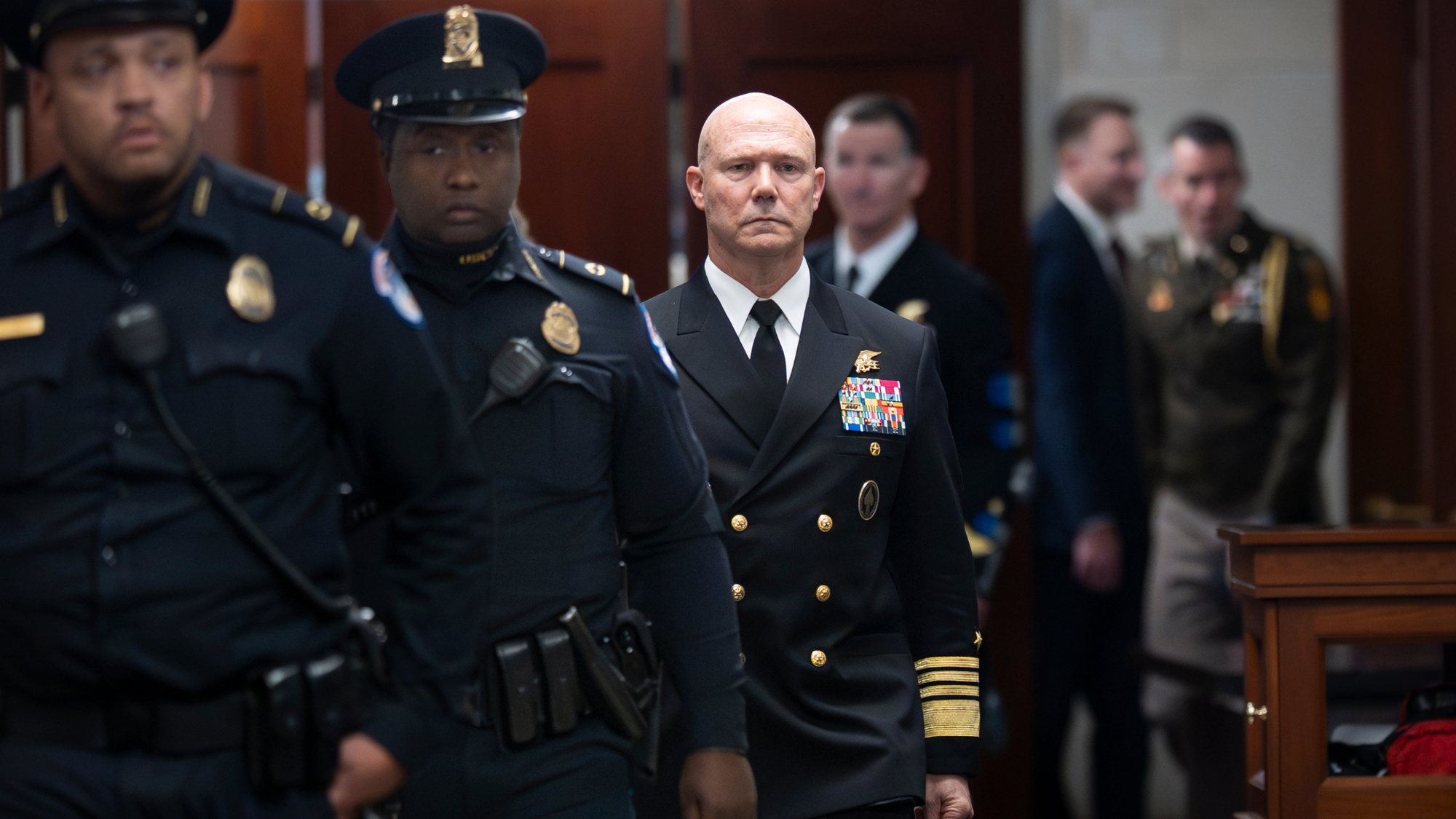 Boat strike footage rattles some lawmakers
Boat strike footage rattles some lawmakersSpeed Read ‘Disturbing’ footage of the Sept. 2 attack on an alleged drug-trafficking boat also shows the second strike that killed two survivors who were clinging to the wreckage
-
 Elizabeth Gilbert chooses books about women overcoming difficulty
Elizabeth Gilbert chooses books about women overcoming difficultyThe Week Recommends The bestselling author shares works by Tove Jansson, Lauren Groff and Rayya Elias
-
 Supreme Court revives Texas GOP gerrymander
Supreme Court revives Texas GOP gerrymanderSpeed Read Texas Republicans can use the congressional map they approved in August at President Donald Trump’s behest
-
 Boat strike footage rattles some lawmakers
Boat strike footage rattles some lawmakersSpeed Read ‘Disturbing’ footage of the Sept. 2 attack on an alleged drug-trafficking boat also shows the second strike that killed two survivors who were clinging to the wreckage
-
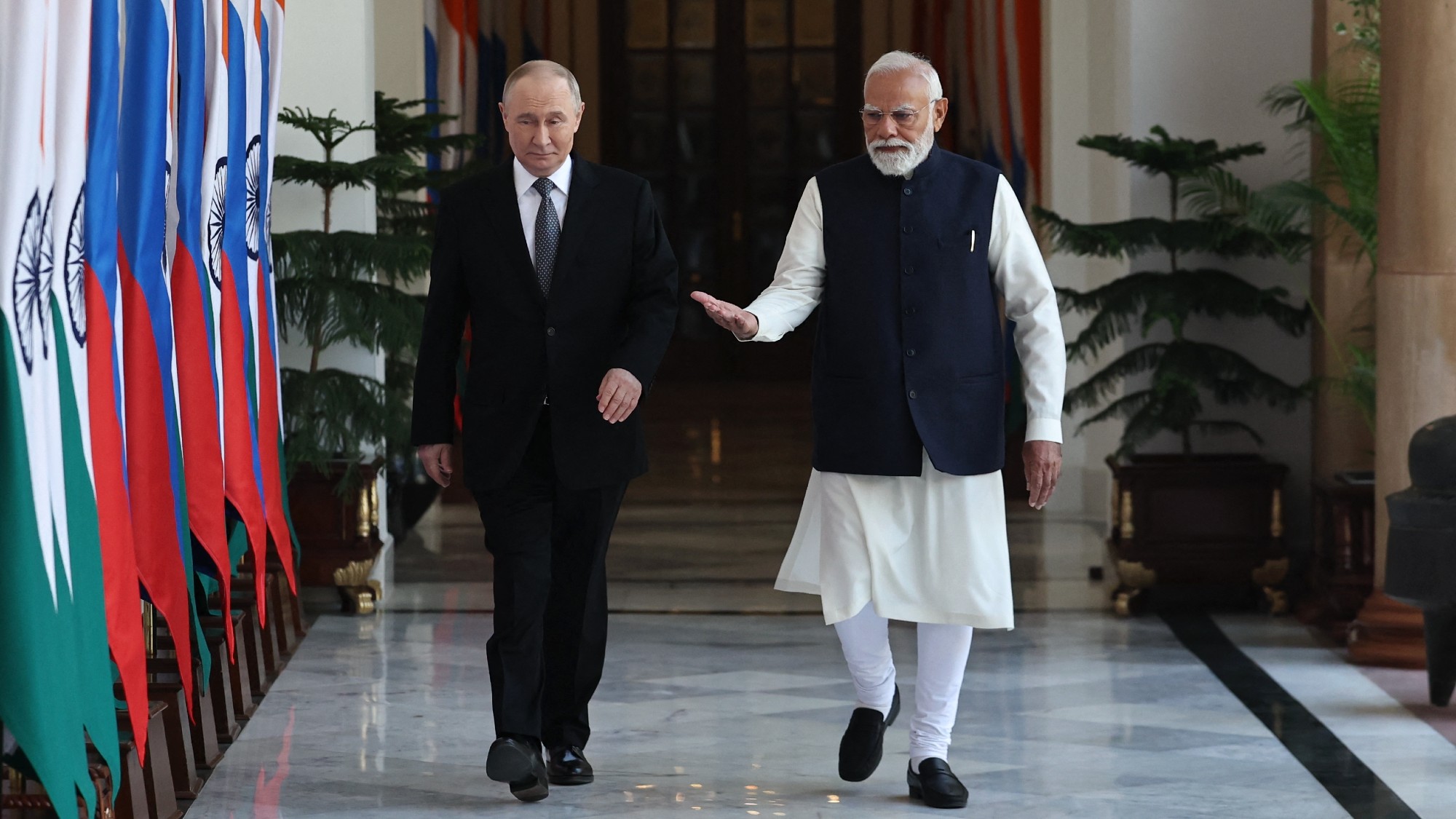 Is a Putin-Modi love-in a worry for the West?
Is a Putin-Modi love-in a worry for the West?Today’s Big Question The Indian leader is walking a ‘tightrope’ between Russia and the United States
-
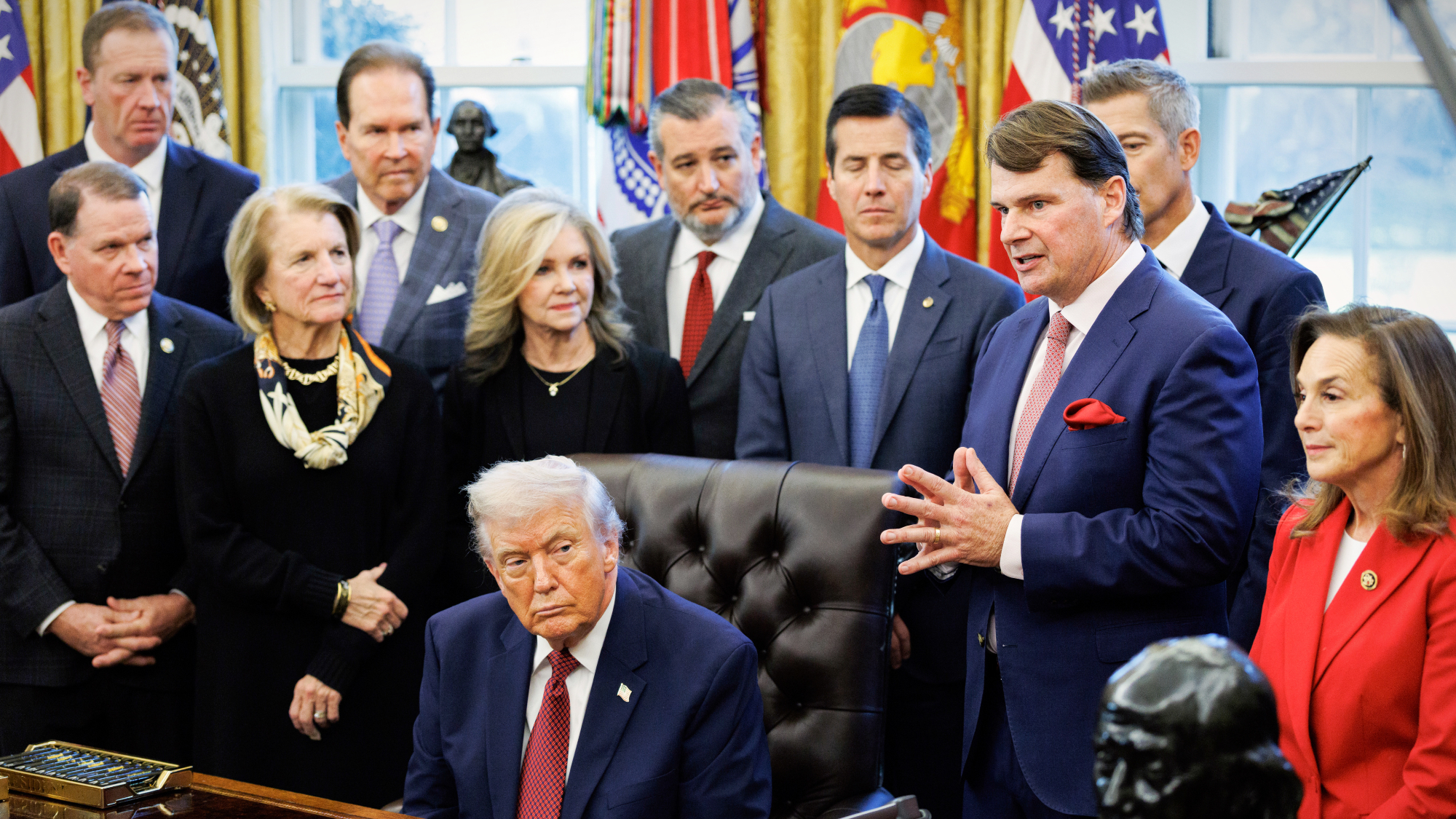 Trump boosts gas cars in fuel economy rollback
Trump boosts gas cars in fuel economy rollbackspeed read Watering down fuel efficiency standards is another blow to former President Biden’s effort to boost electric vehicles
-
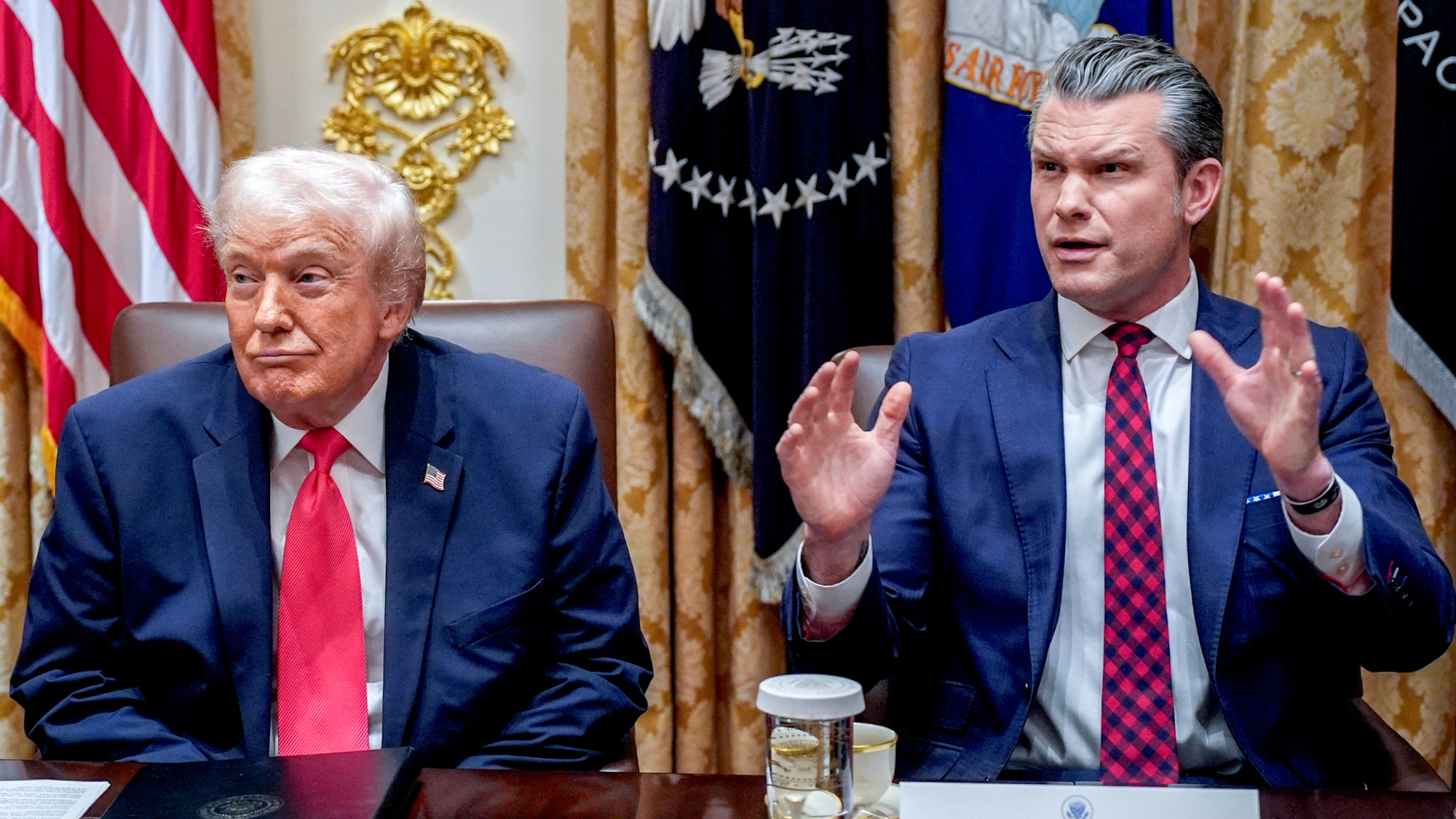 Hegseth’s Signal chat put troops in peril, probe finds
Hegseth’s Signal chat put troops in peril, probe findsSpeed Read The defense secretary risked the lives of military personnel and violated Pentagon rules, says new report
-
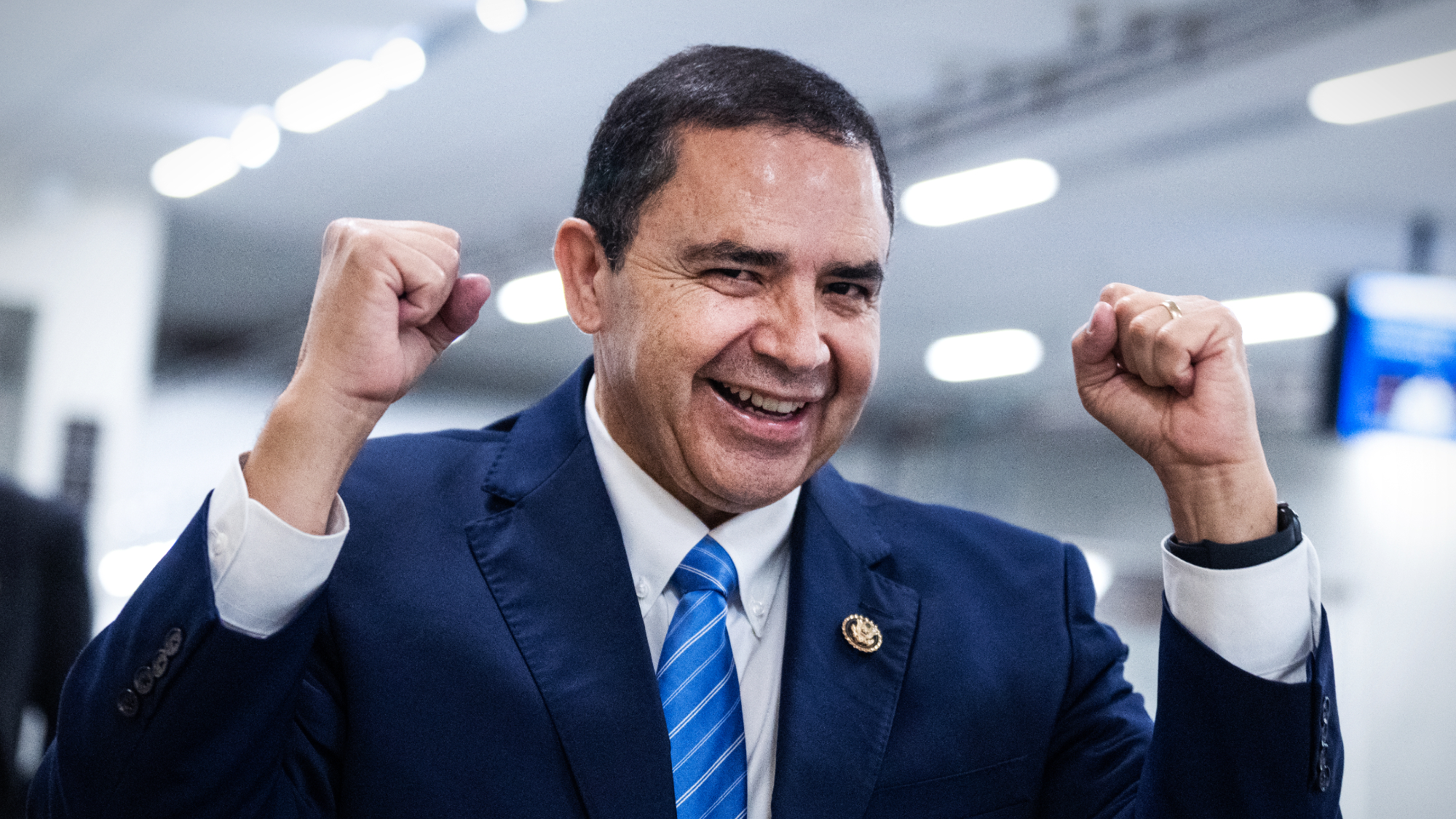 Trump pardons Texas Democratic congressman
Trump pardons Texas Democratic congressmanspeed read Rep. Henry Cuellar was charged with accepting foreign bribes tied to Azerbaijan and Mexico
-
 ‘It is their greed and the pollution from their products that hurt consumers’
‘It is their greed and the pollution from their products that hurt consumers’Instant Opinion Opinion, comment and editorials of the day
-
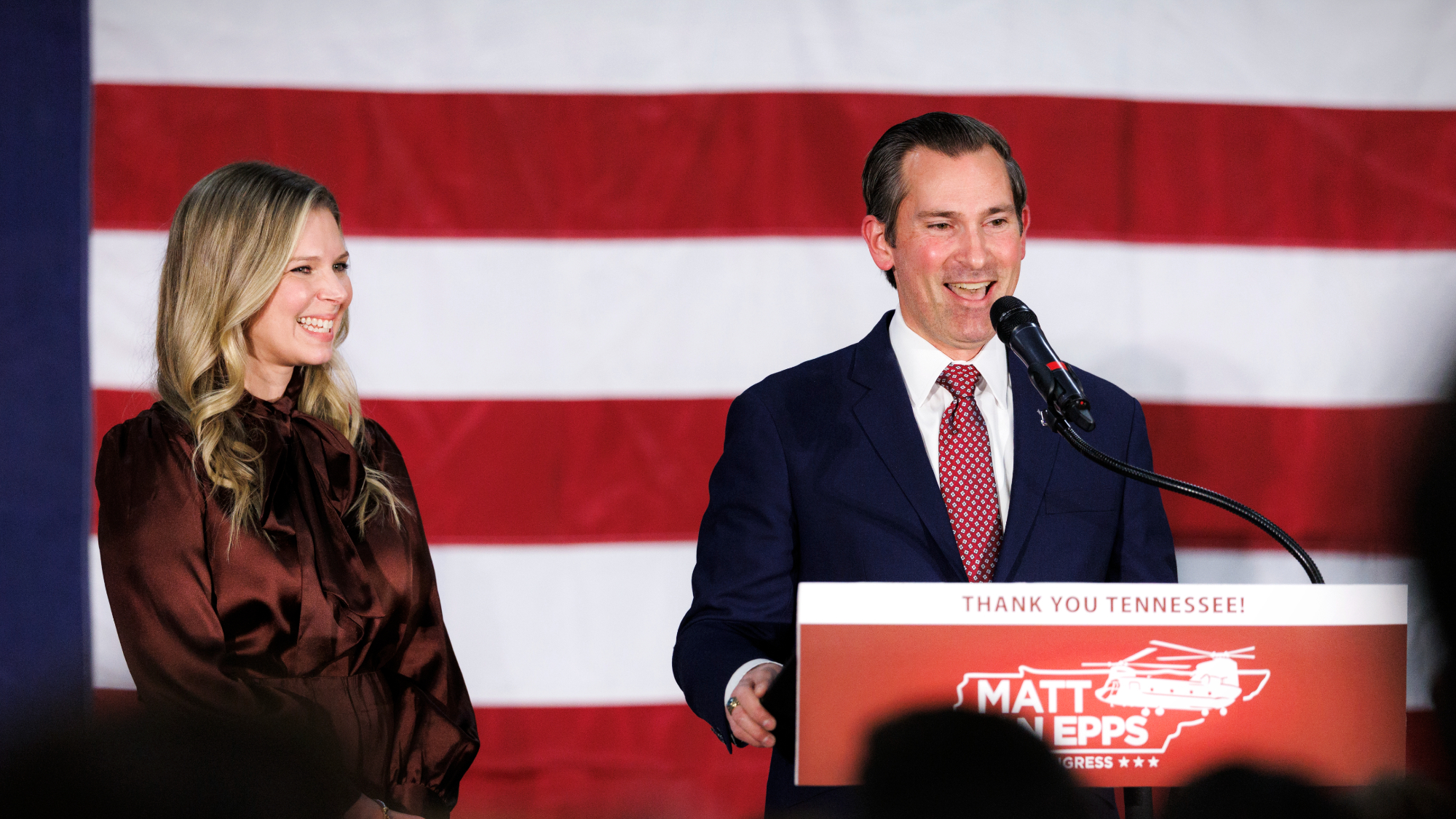 GOP wins tight House race in red Tennessee district
GOP wins tight House race in red Tennessee districtSpeed Read Republicans maintained their advantage in the House
